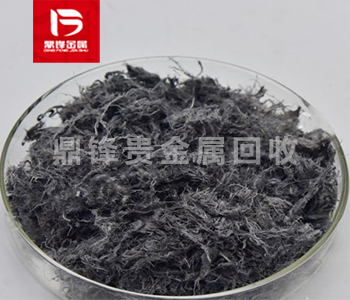What is fixing water? The main uses of fixing water
1、 What is fixing water?Fixer is a chemical solution used in photographic processing, which is mainly used to convert the unreacted photosensitive substances (usually Silver halide) on black and white
1、 What is fixing water?
Fixer is a chemical solution used in photographic processing, which is mainly used to convert the unreacted photosensitive substances (usually Silver halide) on black and white film or paper into substances that are no longer sensitive to light. This way, photos can be stored for a long time under light without further exposure. Fixing water usually contains compounds such as Sodium thiosulfate or Ammonium thiosulfate. When developing film or paper, the first step is to perform development processing. The developed film or paper will present a normal image, but still sensitive to light. Fixing is the last Committed step of this process. By fixing, the unreacted photosensitive substances on the film or photo paper are removed or transformed, making the photo stable and no longer responsive to light.
2、 The use of fixing water
1. Fixing: The main function of fixing water is to dissolve unexposed silver salts during the process of developing film and paper. In the darkroom development process, the film or paper first undergoes steps such as developing and stopping the development, and then is immersed in the fixing solution. The unexposed silver salt on the film and paper is dissolved through a chemical reaction to fix the image on the photo. In this way, even under light, the image of the photo will not change again, achieving the goal of permanent preservation. 2. Extend photo storage time: The use of fixing water can greatly extend the photo storage time. On photos that have not been fixed, unexposed silver salts will gradually oxidize under the action of light, causing the image to darken, distort, or even completely disappear. The use of fixing water can remove these unexposed silver salts, thereby maintaining a stable image and extending the lifespan of the photo.

3. Prevent photo yellowing: In addition to extending the photo storage time, fixing water can also prevent photo yellowing due to long-term storage. During the fixing process, the fixing water will react chemically with unexposed silver salts on the film or paper, generating soluble compounds. These compounds will be washed away with the washing process, thus preventing the silver salt from reacting with hydrogen sulfide in the air during long-term storage to form Silver sulfide, which will cause yellowing of photos. Therefore, the use of fixing water can effectively protect photos from yellowing and maintain their original color and quality. 4. Application in the field of process photography: In addition to playing an important role in traditional film and paper processing, fixing water is also used in some special process photography fields. For example, in retro photography techniques such as platinum printing and silver salt printing, fixing water is also an essential part. These process photography methods typically use media different from ordinary film and paper, such as paper, fabric, etc., while fixing water can still play a role in fixing the image during these processes. 5. Applications in laboratories and other fields: In addition to photography, fixing water is also used in some laboratories and other fields. For example, in biological experiments, fixing water can be used to fix stained cells or tissue sections for observation under a microscope. In the field of geology, fixing water can also be used to stabilize silver stained rock slices. In addition, fixing water can also be applied in some fields such as printing and artistic production.
Fusing water is a chemical solution that plays an important role in the field of photography. It can effectively dissolve unexposed silver salts from film and paper, ensuring that the image of the photo is fixed and not damaged by light, achieving the goal of permanent preservation. In addition, fixing water can also extend the storage time of photos, prevent them from yellowing, and play an important role in some special process photography, laboratories, and other fields.
&Quot; Dingfeng Precious Metals Recycling includes precious metals such as gold, silver, palladium, rhodium, platinum, germanium, iridium, ruthenium, etc. This is our business in precious metal recycling. If you have precious metals such as gold, silver, palladium, rhodium, platinum, germanium, iridium, ruthenium that need to be recycled, please contact us and we will provide you with a satisfactory price& Quot;













